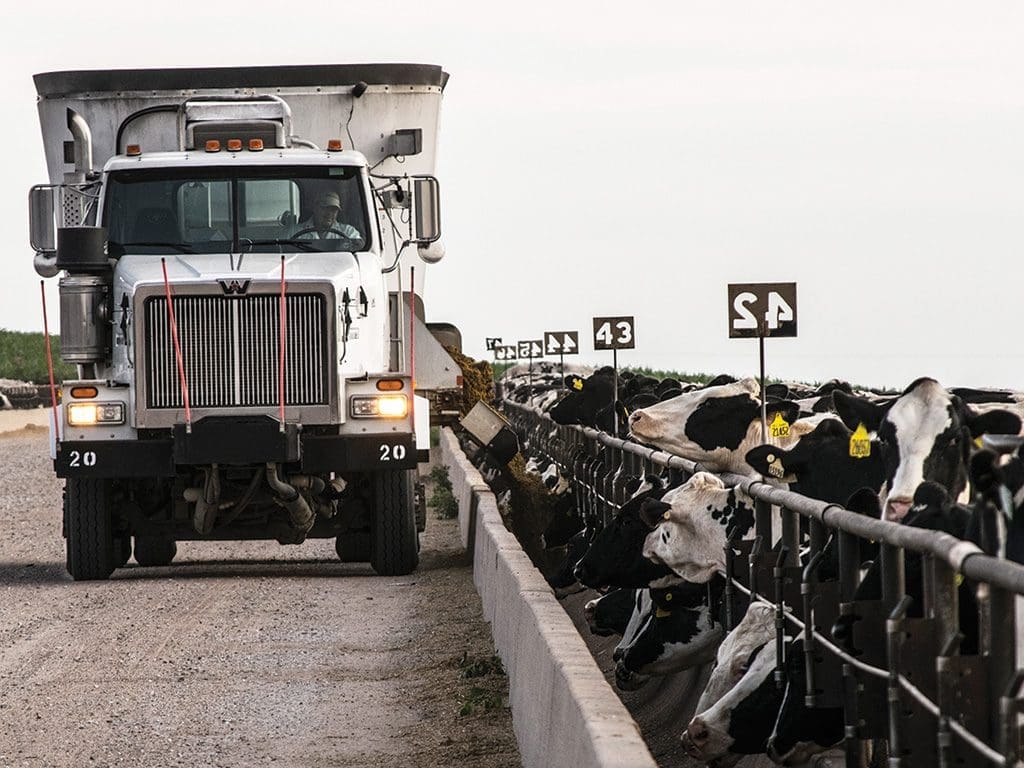[fusion_builder_container hundred_percent=”no” hundred_percent_height=”no” hundred_percent_height_scroll=”no” hundred_percent_height_center_content=”yes” equal_height_columns=”no” menu_anchor=”” hide_on_mobile=”small-visibility,medium-visibility,large-visibility” class=”” id=”” background_color=”” background_image=”” background_position=”center center” background_repeat=”no-repeat” fade=”no” background_parallax=”none” enable_mobile=”no” parallax_speed=”0.3″ video_mp4=”” video_webm=”” video_ogv=”” video_url=”” video_aspect_ratio=”16:9″ video_loop=”yes” video_mute=”yes” video_preview_image=”” border_size=”” border_color=”” border_style=”solid” margin_top=”-30″ margin_bottom=”” padding_top=”” padding_right=”” padding_bottom=”” padding_left=””][fusion_builder_row][fusion_builder_column type=”1_1″ layout=”1_1″ spacing=”” center_content=”no” link=”” target=”_self” min_height=”” hide_on_mobile=”small-visibility,medium-visibility,large-visibility” class=”” id=”” background_color=”” background_image=”” background_position=”left top” background_repeat=”no-repeat” hover_type=”none” border_size=”0″ border_color=”” border_style=”solid” border_position=”all” padding_top=”” padding_right=”” padding_bottom=”” padding_left=”” dimension_margin=”” animation_type=”” animation_direction=”left” animation_speed=”0.3″ animation_offset=”” last=”no”][fusion_text]By Aly McClure, Contributing Editor
There’s an interesting scent in the air of southwest Kansas, and it’s more than manure. For years, Garden City and the surrounding areas has been a U.S. beef-growing hub, feeding over a million cattle in a 100-mile radius. We have been known to eat, sleep and dream beef in this part of the world. But in the last 10 years or so, there has been a shift in the wind – dairy operations are popping up everywhere.
 Why are so many dairies making a move to southwest Kansas? For very similar reasons that beef cattle did. As land prices continue to soar and cities keep taking over the landscape to the northeast, it makes sense for dairymen to expand or start operations this direction. We offer plenty of land, smaller towns that are progressive when it comes to modern agriculture, a mild climate, and feed as far as the eyes can see. With the merging of many beef companies into larger conglomerates, several empty feedyards can easily be made into milking facilities.
Why are so many dairies making a move to southwest Kansas? For very similar reasons that beef cattle did. As land prices continue to soar and cities keep taking over the landscape to the northeast, it makes sense for dairymen to expand or start operations this direction. We offer plenty of land, smaller towns that are progressive when it comes to modern agriculture, a mild climate, and feed as far as the eyes can see. With the merging of many beef companies into larger conglomerates, several empty feedyards can easily be made into milking facilities.
But let’s back up a little bit. Every story has a beginning. How did these dairymen get a taste for the riches we offer in this part of the world? It all began with heifer development. In the early 2000s, we had many volatile days in the markets that led to financial collapse and recession, and dragged some beef growers under with that wave. Some moved on and found other careers, and some tapped into their innovative spirit. Necessity is the mother of invention, after all.
“We were looking around at all of these empty pens, and we had to figure out what to do with them,” says Wes Whitaker, a partner at Circle Heifer Development LLC, about why he decided to go from raising beef to raising dairy animals at their Garden City facility. “After hearing how tight the land market was and how hard it was for dairies to get permits to expand or build new facilities in the Upper Midwest, we knew we found our market.
“With a few modifications to our feedyard, including stanchions, trainers and back rails, we were all set to raise dairy heifers for the larger dairyman in the Upper Midwest,” Whitaker continues. “We turned a decade’s-old tradition of backgrounding beef cattle on its head and started using the same thought process with dairy animals.
“There are obviously differences between the two species,” he explains, “but the general idea is the same – we take in young calves and raise them to their owner’s specs, then send them on the next leg of their journey. With a dairy heifer, her next leg is the milking parlor.”
Think of a heifer grower as a school. Circle Heifer Development LLC receives the heifers at six months of age when they are ready to enter elementary school, after they have already spent time at a calf ranch – preschool. From there they make several transitions through the feedyard, based on their age.
When they are ready to move up to middle school, they enter the trainer’s section of the feedyard where they can get used to sticking their heads through the v-bars commonly found in dairies. This also prepares them for stanchions, or highschool. Stanchions allow the grower to lock the animals’ heads while they happily munch on some fresh feed.
“Having them ‘locked’ allows us to safely and effectively check their health and make sure they are on schedule for breeding,” Whitaker says.
As heifers move through this two-year process, it’s imperative that they associate human presence with a positive atmosphere. For this reason, Circle Heifer Development walks their pens and doctors animals on foot.
“We want our heifers to be calm when they see us, and know there isn’t any reason for them to startle or worry,” Whitacker explains.
When bred heifers reach about eight months gestation and are on the verge of graduating to motherhood, they board a truck and head back home to the dairy. There they enter the herd as milking cows.
Beef still reigns supreme in this neck of the prairie, but whether they’re raised for beef or milk, dairy animals are here to stay. No matter the type, we always welcome progressive agriculture into our growing community.[/fusion_text][/fusion_builder_column][/fusion_builder_row][/fusion_builder_container]







